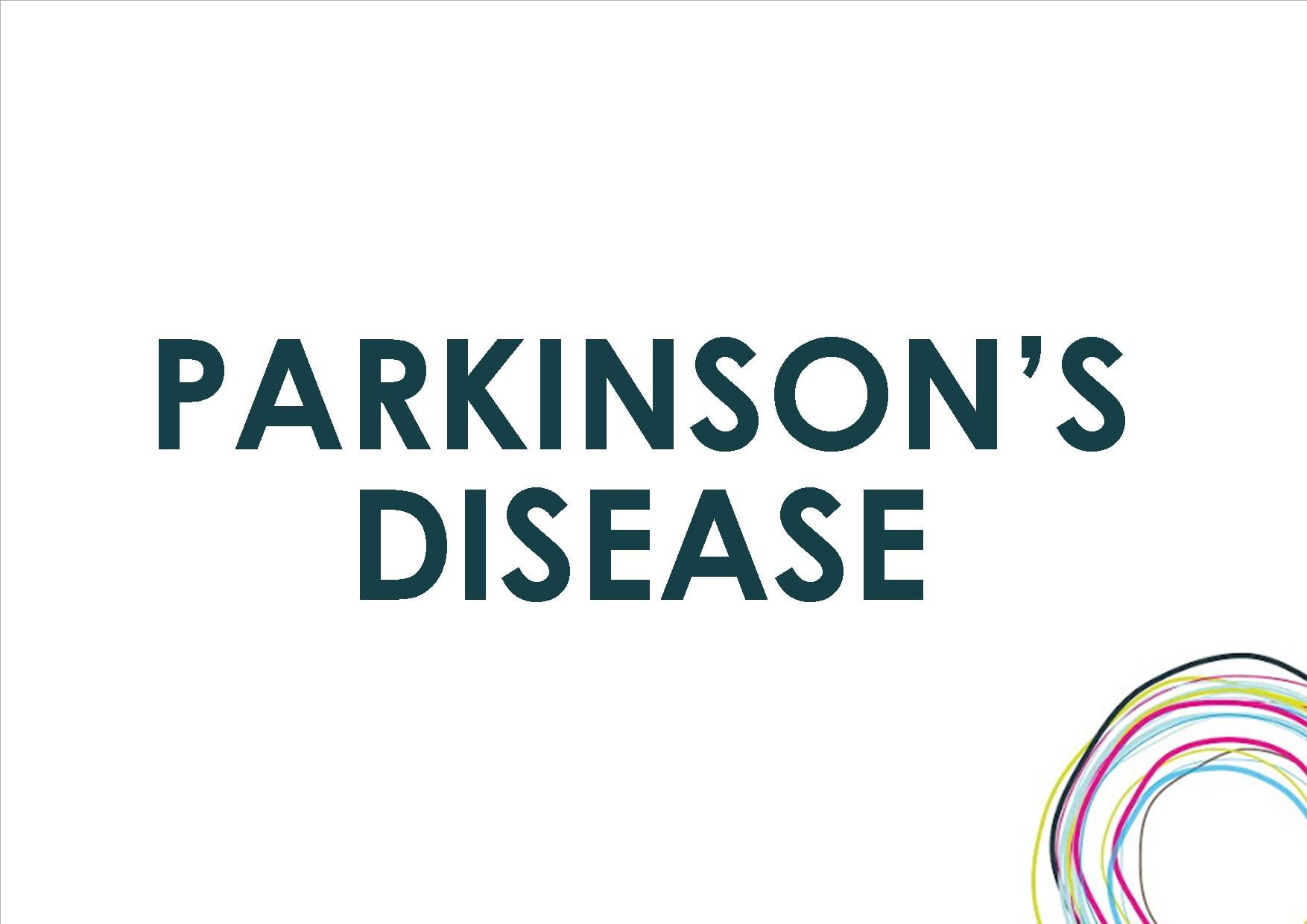Parkinson’s disease (PD) and other “synucleinopathies” are known to be linked to the misfolding of alpha-synuclein protein in neurons. Less clear is how this misfolding relates to the growing number of genes implicated in PD through analysis of human genetics. In two studies published in Cell Systems, researchers explain how they used a suite of novel biological and computational methods to shed light on the question.
To start, they created two ways to systematically map the footprint of alpha-synuclein within living cells. “In the first paper, we used powerful and unbiased genetic tools in the simple Baker’s yeast cell to identify 332 genes that impact the toxicity of alpha-synuclein,” explained Vikram Khurana, first and co-corresponding author on the studies. “Among them were multiple genes known to predispose individuals to Parkinson’s–so we show that various genetic forms of Parkinson’s are directly related to alpha-synuclein. Moreover, the results showed that many effects of alpha-synuclein have been conserved across a billion years of evolution from yeast to human,” he said.
“In the second paper, we created a spatial map of alpha-synuclein, cataloging all the proteins in living neurons that were in close proximity to the protein,” explained Chee Yeun Chung, who co-led both studies with Khurana. The mapping was achieved without disturbing the native environment of the neuron, by tagging alpha-synuclein with an enzyme–APEX–that allowed proteins less than 10 nanometers away from synuclein to be marked with a trackable fingerprint.
Remarkably, the maps derived from these two processes were closely related and converged on the same Parkinson’s genes and cellular processes. Whether in a yeast cell or in a neuron, alpha synuclein directly interfered with the rate of production of proteins in the cell, and the transport of proteins between cellular compartments.
Finally, the authors addressed two major challenges for any study that generates large data-sets of individual genes and proteins in model organisms like yeast: How to assemble the data into coherent maps? And how to integrate information across species, in this case from yeast to human?
Enter computational biologist Jian Peng: “First, we had to figure out much better methods to find human counterparts of yeast genes, and then we had to arrange the humanized set of genes in a meaningful way,” he explained. “The result was a new suite of computational tools that uses machine learning algorithms to visualize patterns and interaction networks based on genes that are highly conserved from yeast to humans–and then makes predictions about the additional genes that are part of the alpha-synuclein toxicity response in humans.”
This analysis produced networks that mapped out how alpha-synuclein is related to other Parkinson’s genes through well-defined molecular pathways. “We now have a system to look at how seemingly unrelated genes come together to cause Parkinson’s and how they are related to the protein that misfolds in this disease,” said Khurana. To confirm their work, the researchers generated neurons from Parkinson’s patients with different genetic forms of the disease. They showed that the molecular maps generated from their analyses allowed them to identify abnormalities shared among these distinct forms of Parkinson’s. Prior to this, there was no obvious molecular connection between the genes implicated in these varieties of PD. “We believe these methods could pave the way for developing patient-specific treatments in the future,” Khurana observed.
Papers: « In situ proteomic approaches connect alpha synuclein directly to endocytic trafficking and mRNA metabolism in neurons » and « Genome-scale networks link neurodegenerative disease genes to alpha-synuclein through specific molecular pathways.«
Reprinted from materials provided by the Whitehead Institute.

